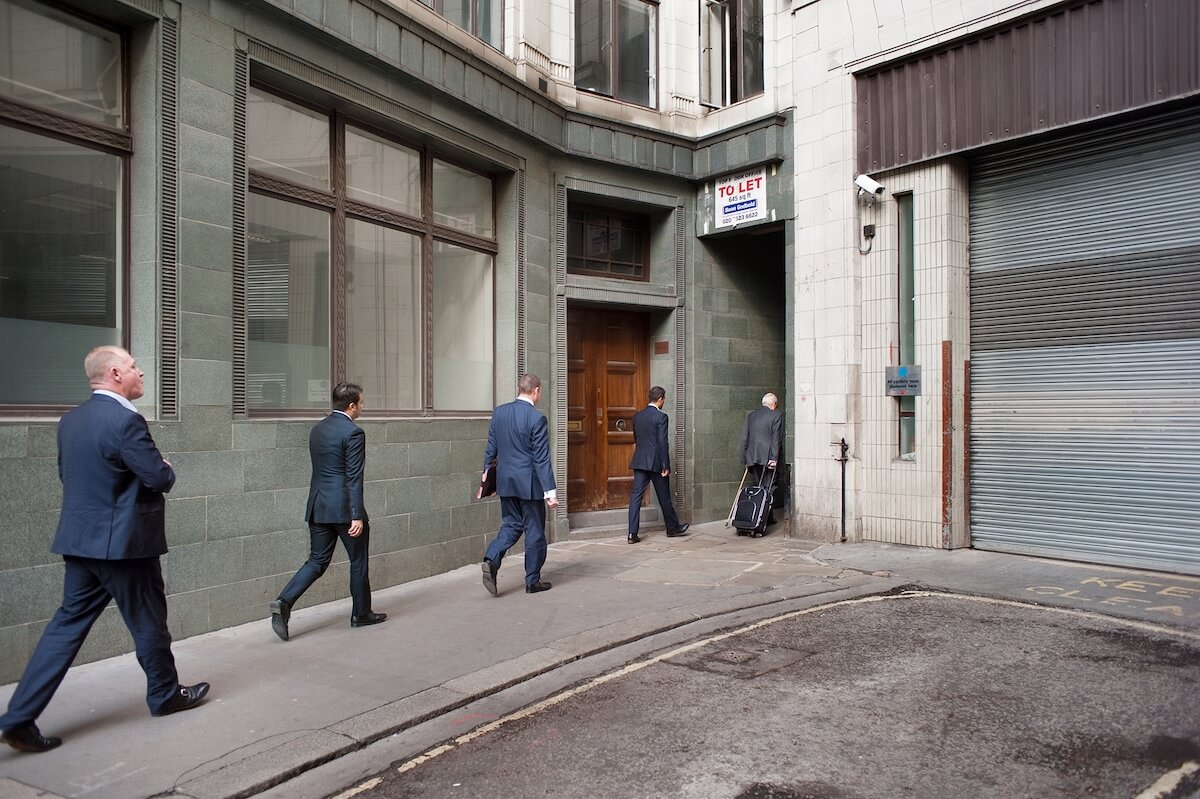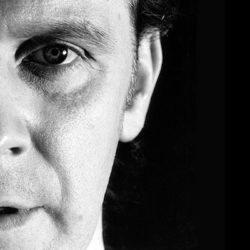



Interview with StreetMax21
BIFA 2021 Winner, 1st Place, Non-Professional People category, “130617-030619”
Q: Tell us a bit about your background? How did you discover your love for photography?
I was born in Dundee, Scotland. I shuttle between London, where I’ve spent most of my adult life, and Norfolk, where I live now. I became interested in photography by degrees, at first using it as a means to assist in painting which I studied at art college. I’ve taken photographs ever since, working professionally for a while as an architectural photographer. My foray into street photography came about almost accidentally as a sideline to the large format architecture I was shooting for clients. I began to realize slowly that it was something I could do on my own terms.
Q: What was your last work and how did the initial spark of inspiration come about?
I spent much of the summer photographing people from distance on the beaches of the North Norfolk coast. In contrast to my work on city streets, this was an opportunity to explore scale in more natural surroundings away from the confines of the built environment. The near “tabula rasa” of an open beach meant the graphic legibility of figures could be tested as they diminished in size across flat open space. Photographing them from an elevated position also enabled me to tilt the canvas, as it were, and realize a larger choreography.
Q: You were awarded Non-Professional People Photographer of the Year 2021 for your work 130617-030619. Can you tell us more about how this project came to be? Why did you choose this particular topic?
For nearly a decade now, I’ve taken a concentrated snapshot of London, particularly the City of London, (called The City), in an endeavour to create a photography which is both pertinent and contemporary. I’m concerned here with how to photograph today’s city – Is it enough, like street photographers of old, to candidly record the churn of modern life, the disorderly vitality of a city’s streets? Or have other factors crept into twenty-first century living that alter the city’s orderliness or cohesiveness? What new external influences play upon a city’s people, and how, and at what point in our increasingly designed environment do those influences manifest change in these peoples’ behaviour? How might a street photographer today therefore capture and record these changes?
Q: Is People photography your main genre, or do you enjoy creating in other genres as well?
It is my main genre. Generally, people are more interesting than ideas. Photographing them can be the most direct way to document societal behavior.
Q: What does winning this award mean to you?
Although not my first award, it means I have further confirmation that what I’m doing continues to strike a relevant chord.
Q: What would be your dream project in photography if there would be no budget limits and you could travel anywhere, photograph anything/anyone?
I’d be quite content to continue photographing my current project, building it out from basic concepts, all day, every day. Unfortunately, real life usually gets in the way.
Q: What is the one piece of advice that you received in the past about photography that you follow to this day?
The best ideas come out of the process of doing the work, and from thereon occurs the spark to either follow and develop, or develop and discard. Inspiration doesn’t just happen and good work is difficult to do. If it weren’t, people would do it all the time.
Q: Are you working on something new right now? Can you tell us a little bit about it?
I’m giving serious consideration to adding another “nom de guerre”. It may be timely to launch “StreetMax22” much of whose work will be rooted in street photography, but will span across other media and investigate many of the aesthetic concerns addressed by “StreetMax21”.